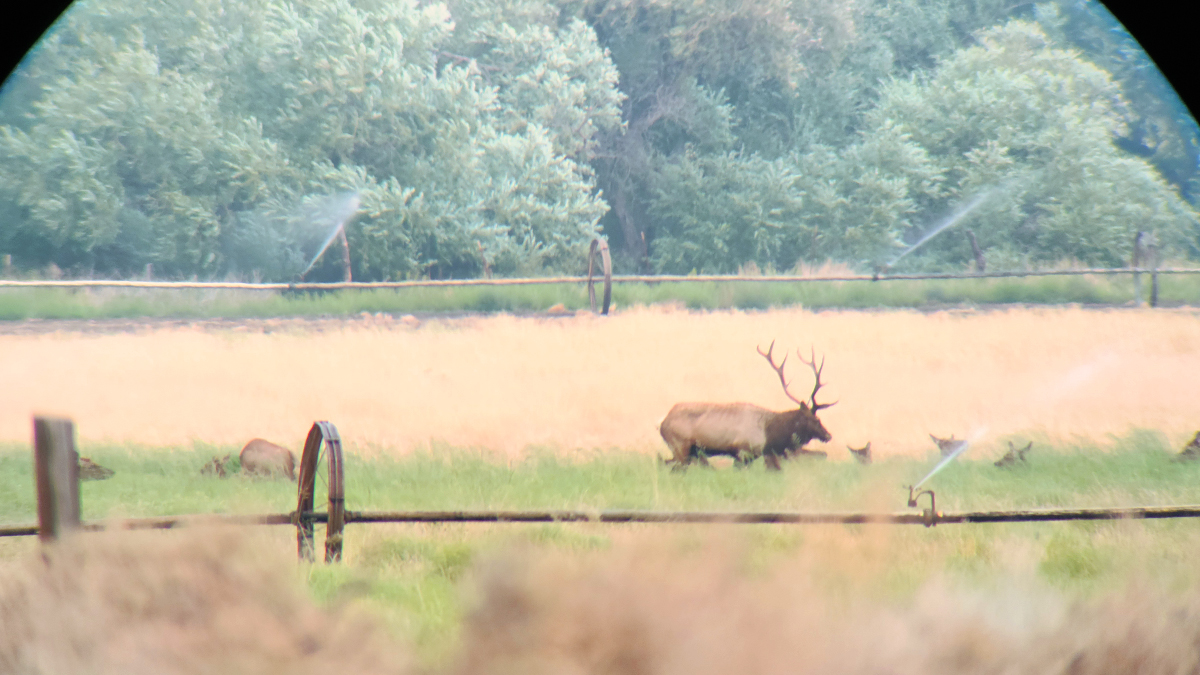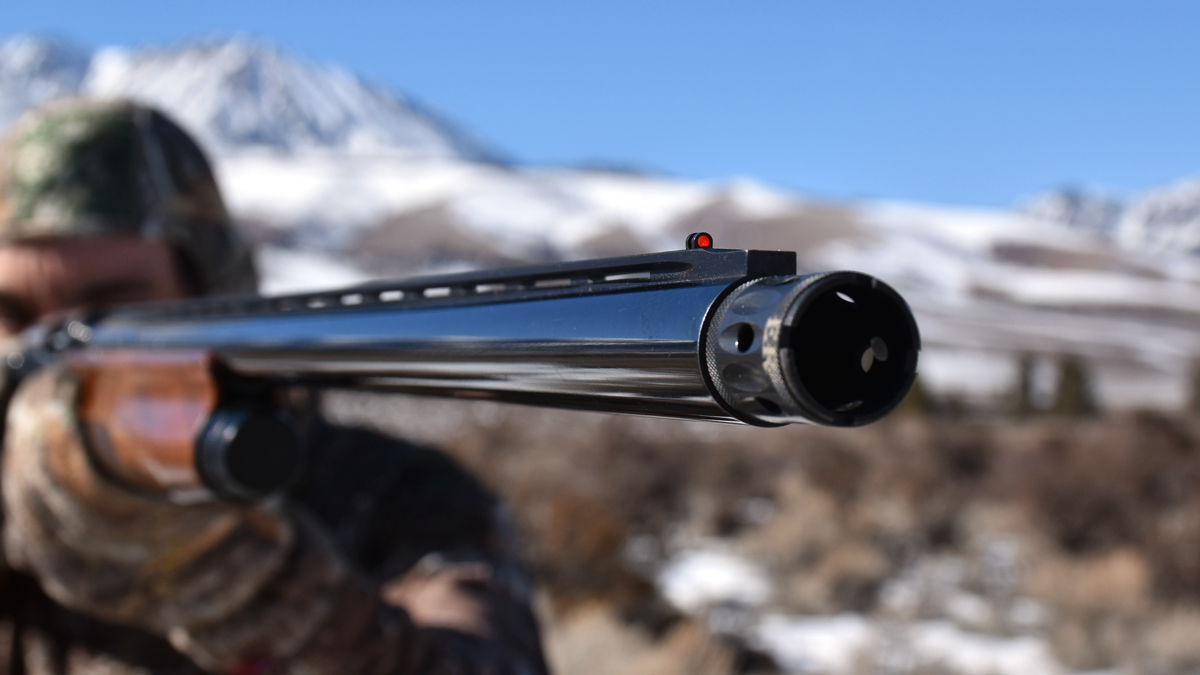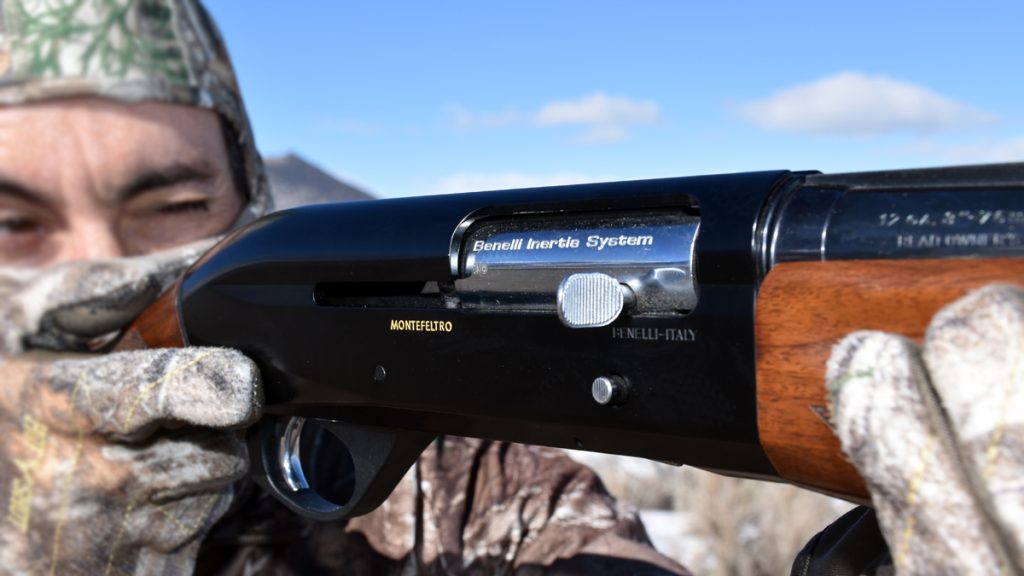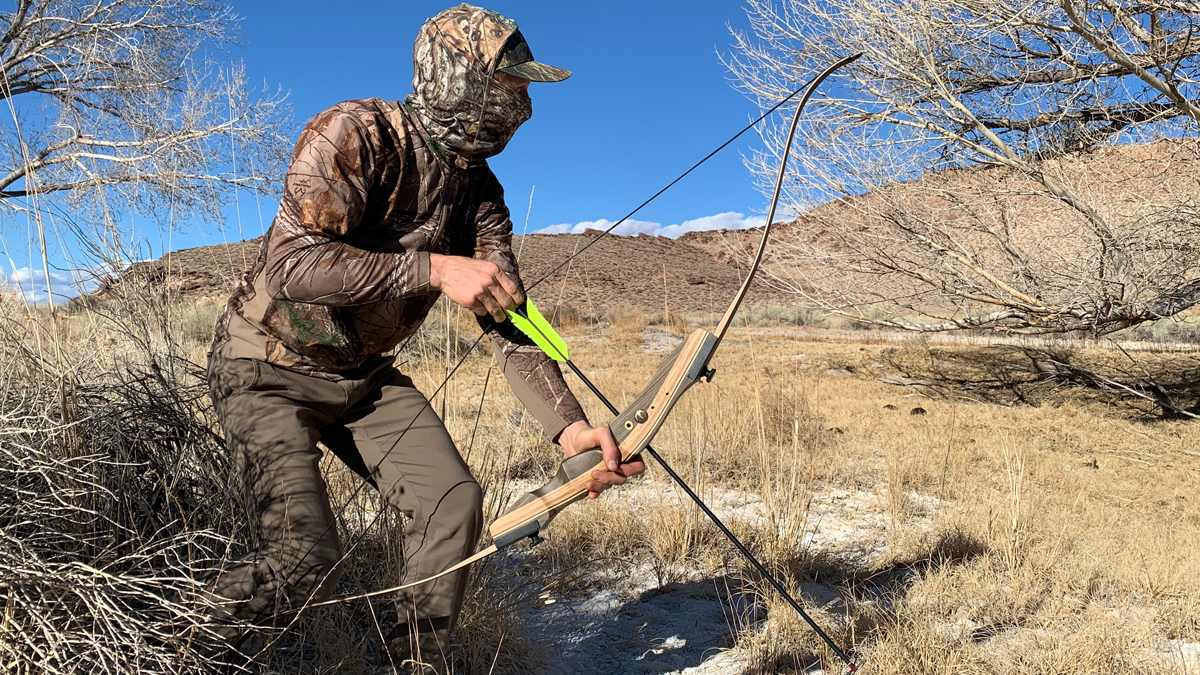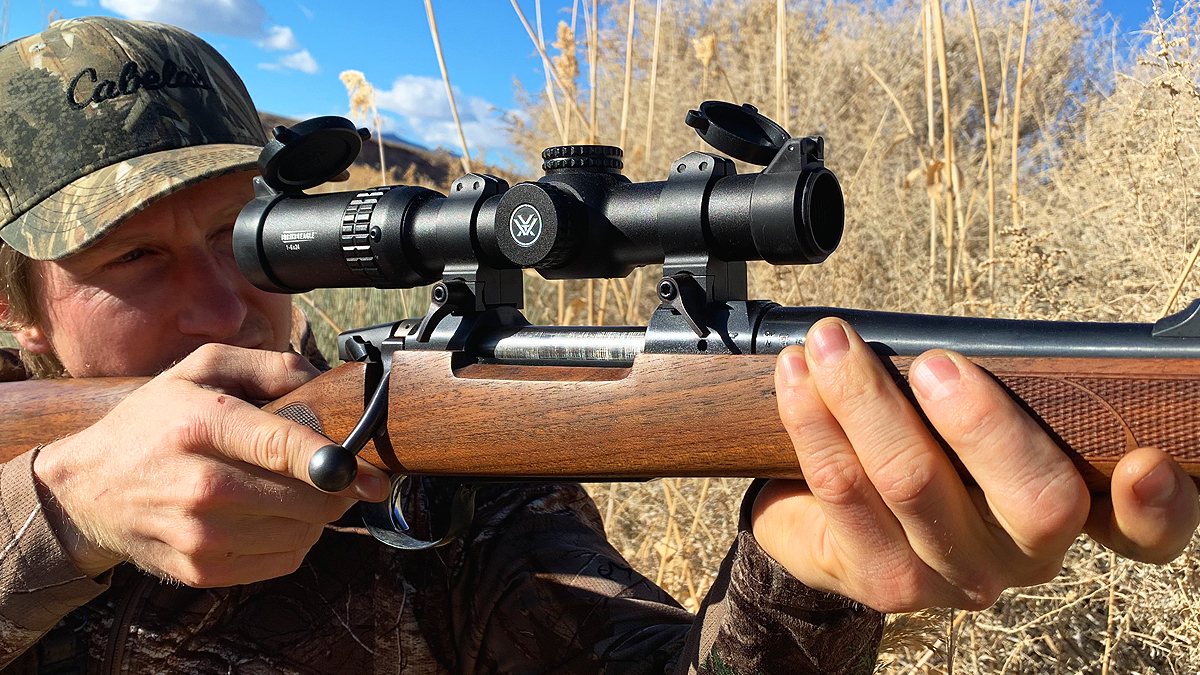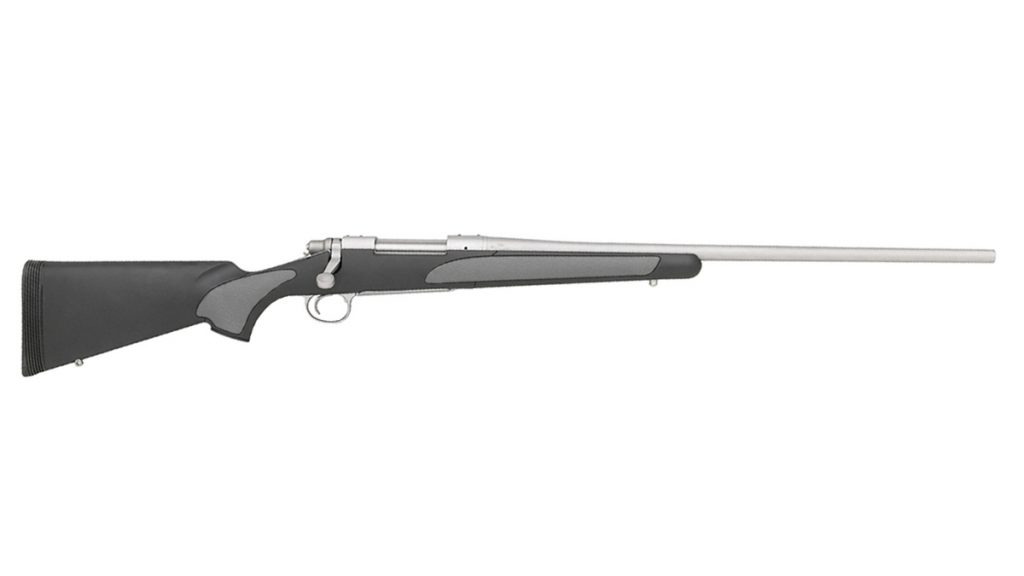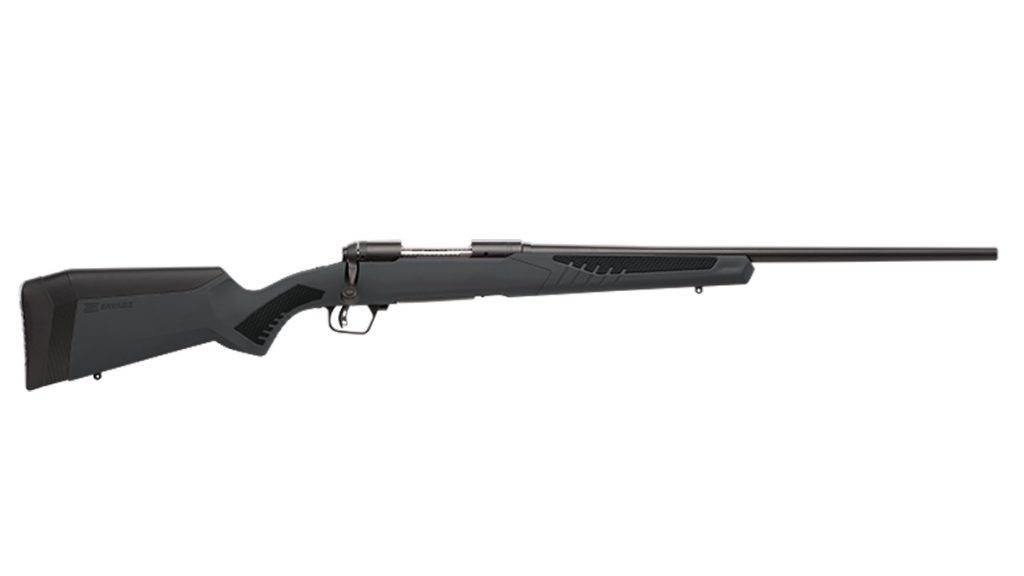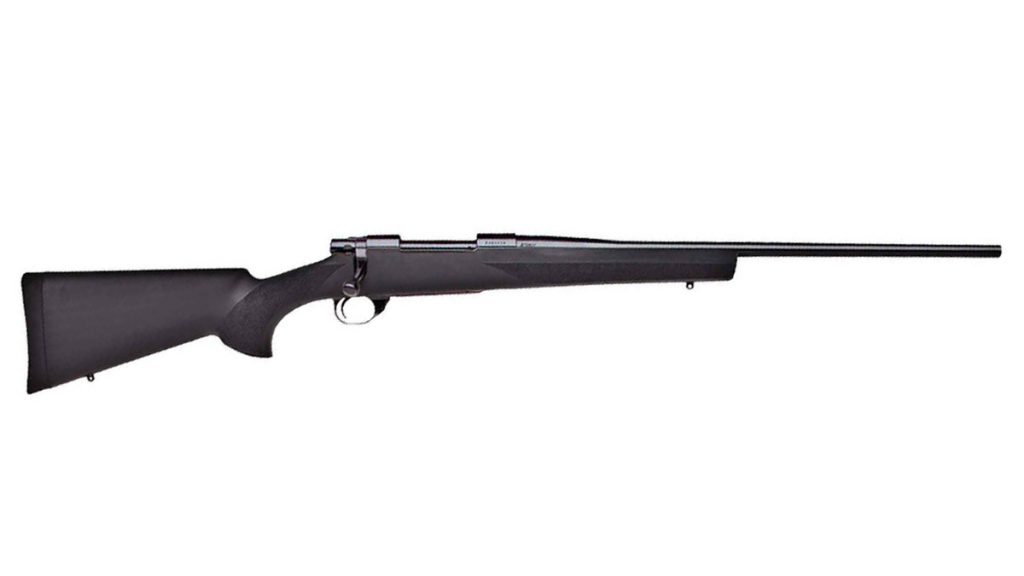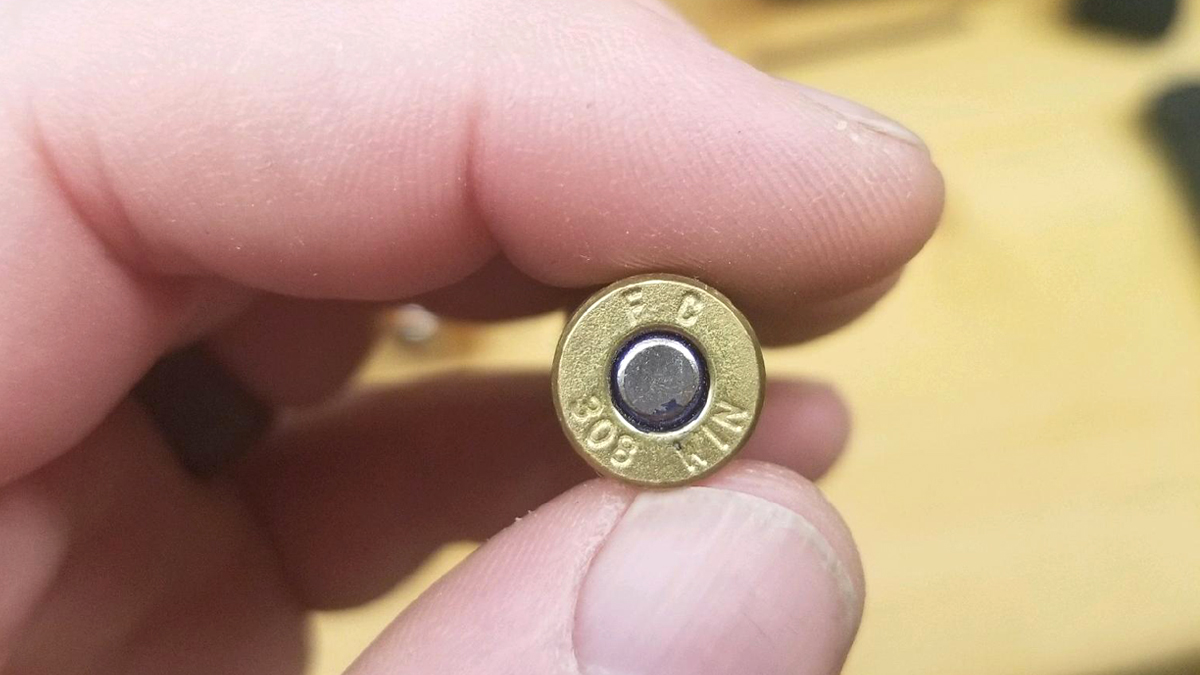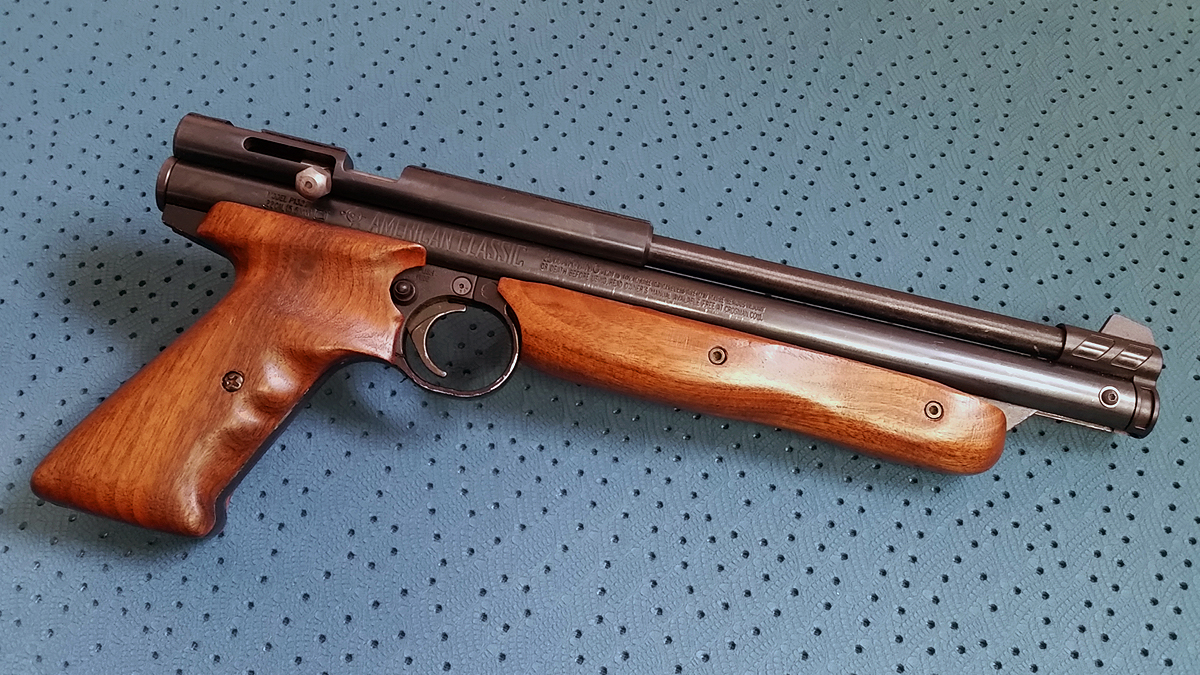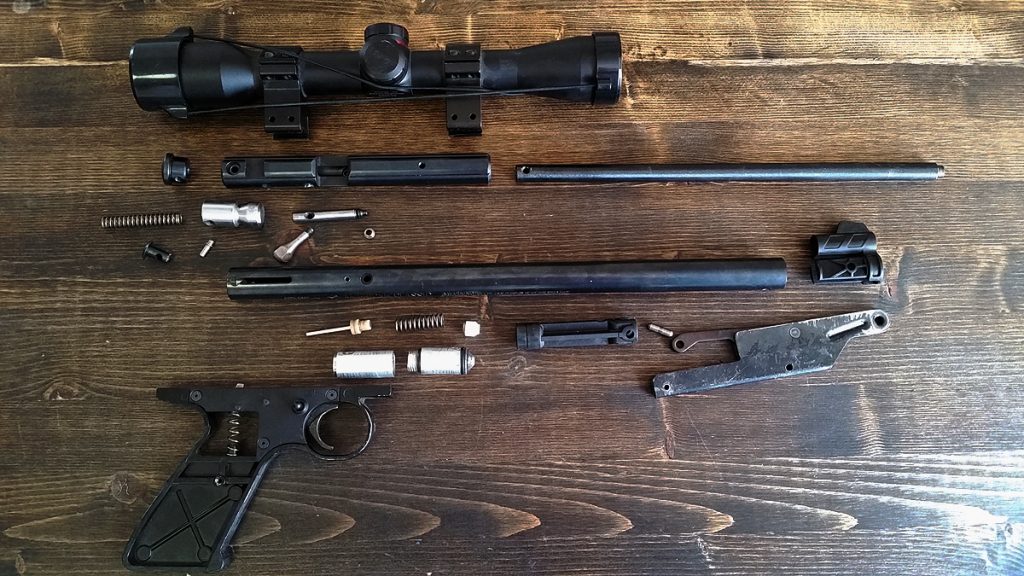Turkey Vests for Turkey Hunting
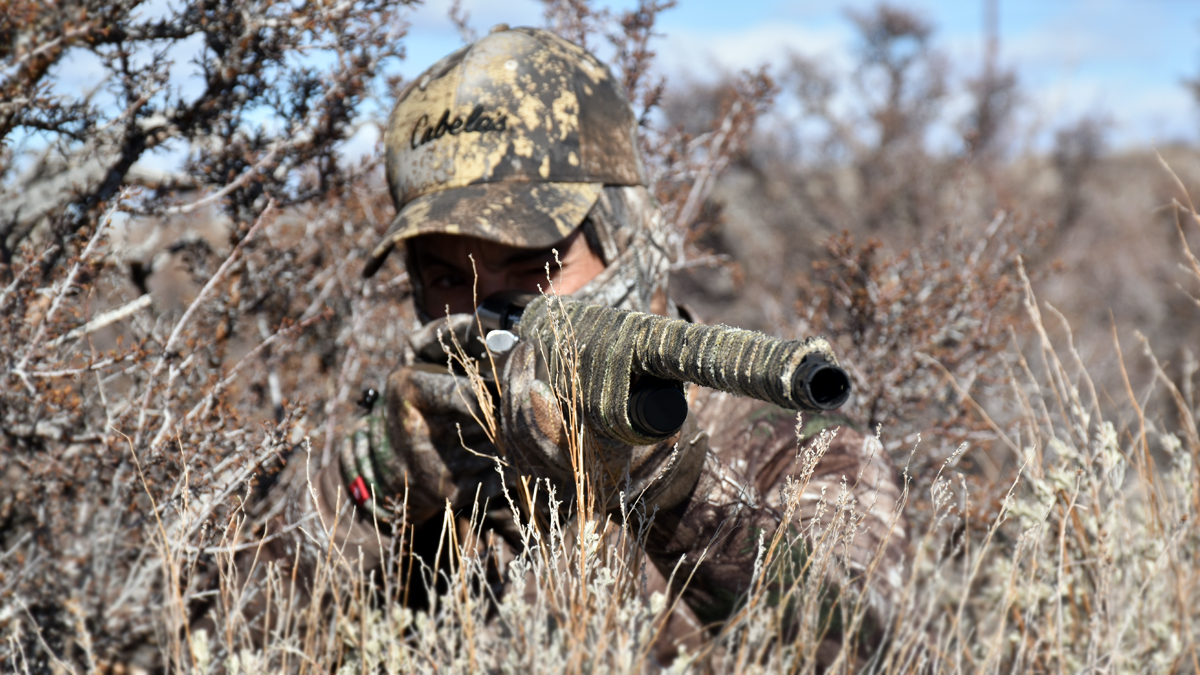
Watch a few YouTube videos to get psyched for the spring turkey season, and you’ll think every hunter needs a turkey vest and decoys for turkey hunting. There are two camps of turkey hunters, those who use turkey vests, and those that don’t. In the interest of full disclosure, I happen to be in the latter group, and have never used a turkey vest.
It’s my personal opinion that the main factors for successful turkey hunting are scouting, concealment, calls, and equipment. Whether you use a turkey vest or a backpack won’t matter, unless you can dial in the turkey hunting fundamentals.
Turkey Scouting
It doesn’t matter how much gear you drag into the field, or how good you are at calling turkeys, if you are in the wrong spot. More important than a preference for a turkey vest over a backpack, or visa versa, is knowing you are in an area where there are turkeys. Don’t wait until opening day to find a big tom. Spend time, especially on public lands ahead of the season, to find where turkeys are at and where they roost. Give yourself some options, and the further off the beaten path the better.
Concealment
Turkeys have incredible vision. They can see about three times better than humans, and with eyes on the sides of their head, they have a 270 degree view of the world. If you are going to get the drop on a turkey, you need to be concealed. I treat turkey hunting like waterfowl hunting. Blend in, don’t move, and don’t shine. Wear camo, a ghillie suit, or brush yourself in with natural vegetation. You want to break up your outlines, and disappear.
Turkey Calls and Turkey Calling
It doesn’t matter whether or not you use a pot call, box call, or mouth calls. You will need to call to locate turkeys, as well as get them to commit. If you don’t use a turkey decoy, you’ll need to call a turkey, in order to get it to come looking for you. If you do use a turkey decoy, you’ll still need to entice a turkey to come into range of the decoy.
Equipment
The equipment I am mainly referring to is in regard to your method of take. Whether you use a shotgun, bow, or even an air rifle, your familiarity, skill and readiness with your weapon are more important than whether you used a backpack or turkey vest to get to your turkey hunting spot.
Turkey Vest or No Turkey Vest
When you have everything else nailed down, and can successfully hunt turkeys, that’s when a turkey vest might matter. Only after you can harvest turkeys should you start worrying about comfort items and accessories that may or may not make you a better hunter. Most hunters use packs for just about everything else, and will take a pack into the field, because it gets the job done.
A turkey vest on the other hand, might offer additional comforts and niceties that a pack won’t. A turkey vest can make storage and access to turkey hunting specific gear easier. Easily accessing calls, binoculars, or ammo with less movement can improve your stealth, or just make it easier to pack up and move for a run and gun style hunt.
Turkey hunting vests also typically add the benefit of a built in padded seat, and depending on model, it may even have a little bit of back support or padding. You can easily strap a pad to your pack, or stuff one inside of it, but a turkey hunting vest offers convenience.
I’m still not a turkey vest convert, but you might be. I personally just don’t like having too much species specific, or specialty hunt gear that I can’t use across a wider range of hunts I do throughout the year. For example, I get dual use out of my layout waterfowl blind, when I use it for predator hunting, I may even use it for turkeys. I use a VooDoo Tactical Merced Hydration Pack, or a larger pack like the Eberlestock Gunrunner Pack for just about everything I do. It may be my past experiences in alpine climbing and mountaineering that drives my attitude, but I am a bit of a minimalist. I rarely carry more than a couple mouth calls, ammo, optics, hunting license, emergency layers, a kill kit, energy bar, and water.
If I were to start using a turkey vest, and perhaps some day I will, I’d probably consider something with back support, like the ALPS OutdoorZ Grand Slam Turkey Vest, or a lighter weight and more affordable option, like the Knight & Hale Run N Gun Turkey Vest. They have very different price points, but both have very good ratings and reviews across most of the major retailers, and gear review websites.
Tags: turkey hunting, turkey vest Comments